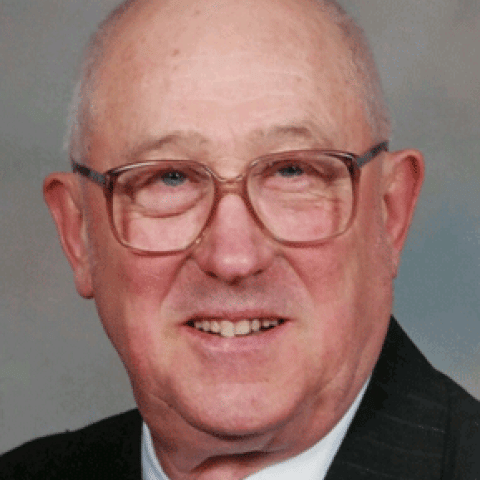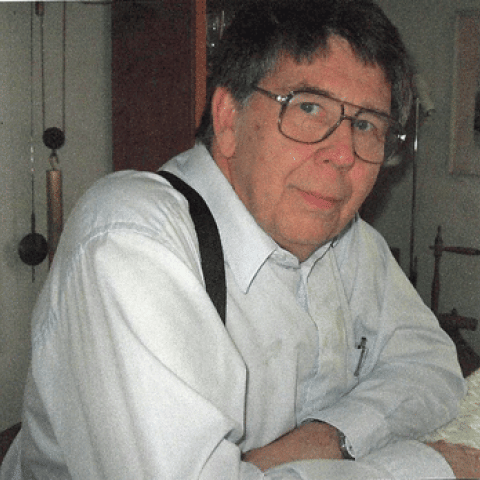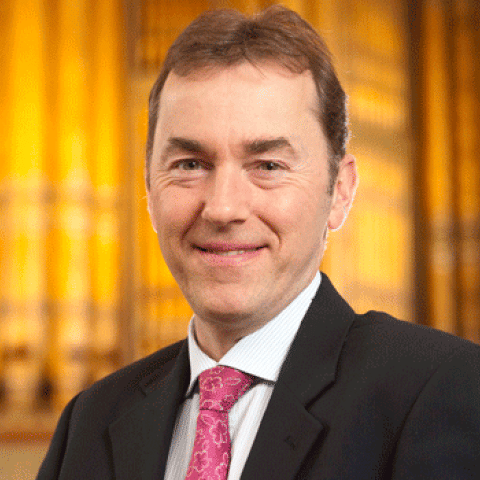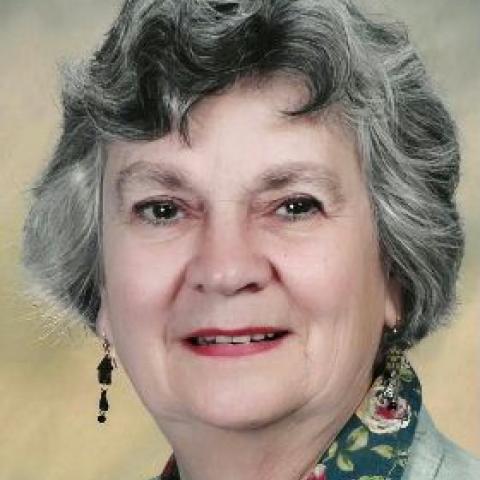
Catherine Ennis, organist and director of music since 1985 at the Church of St. Lawrence Jewry, London, UK, died December 24, 2020. Born in 1955, she was an organ scholar at St. Hugh’s College, Oxford, before serving as assistant organist of Christ Church Cathedral. Ennis joined the Royal College of Organists in 1978. She was a trustee of the RCO from 2012 to 2016 and vice president from 2015, and was also a diploma examiner. She served as artistic director of the RCO Summer Course for Organists in 2017.
Ennis served as consultant for four new organs in London, including organs by Rieger in St. Marylebone Parish Church (1987), Klais in St. Lawrence Jewry (2001), William Drake for Trinity College of Music (2003), and the Queen’s Organ in the Lady Chapel of Westminster Abbey, built by Mander. She also founded the London Organ Concerts Guide and was president of the Incorporated Association of Organists from 2003 to 2005.
In 2006 Ennis initiated (with Barbara Hill) the John Hill Organ Series, which showcased emerging young talented organists in a series of recitals in London each May. Most recently she became a patron of the Society of Women Organists.
Concert engagements in recent years included Christ Church Spitalfields, Westminster Cathedral, and Royal Festival Hall. Ennis recorded works by Bach, Reubke, Guilmant, and English romantic composers, among others; her latest CD for Priory Records of works by various composers on the Peter Collins organ in St. Bartholomew’s Church, Orford, was released in October 2020 (The Organs of St. Bartholomew’s Orford, Priory PRCD 1235).
Catherine Ennis was awarded the Medal of the Royal College of Organists in 2018. The citation for the medal details her contribution to the planning and execution of the college’s 150th anniversary celebrations in 2014.
Other recent obituaries:






